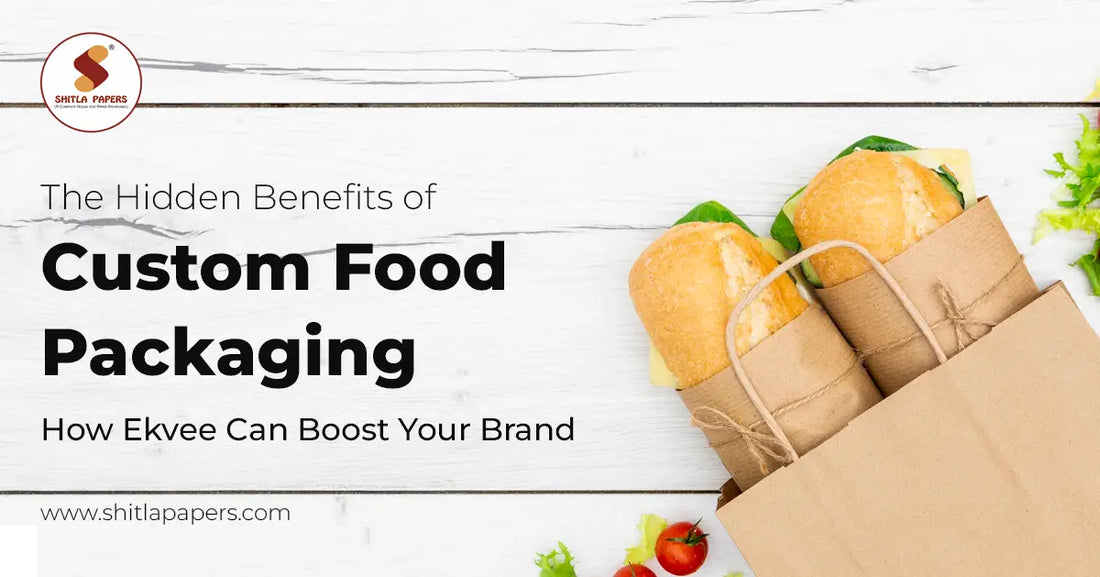
The Hidden Benefits of Custom Food Packaging: How Ekvee Can Boost Your Brand
Share
In the competitive food service industry, standing out is crucial. One often-overlooked strategy for enhancing brand visibility and customer loyalty is custom food packaging. Ekvee offers a range of customizable food-grade paper solutions that not only protect your food but also elevate your brand. This blog delves into the hidden benefits of custom food packaging and how partnering with Ekvee can give your business a competitive edge.
The Power of Custom Food Packaging
Custom packaging does more than just hold your product it communicates your brand’s story, values, and commitment to quality. Here’s how:
Brand Recognition and Loyalty
- Visual Appeal: Custom designs make your packaging instantly recognizable, creating a lasting impression on customers.
- Consistency: Consistent branding across all touchpoints, including packaging, reinforces brand identity and fosters customer loyalty.
Enhanced Customer Experience
- Unboxing Delight: Unique, well-designed packaging enhances the unboxing experience, making it memorable and share-worthy.
- Quality Assurance: Custom packaging that fits your product perfectly ensures it arrives in excellent condition, enhancing customer satisfaction.
Marketing and Promotion
- Free Advertising: Branded packaging acts as a moving billboard, increasing brand exposure as it travels.
- Customer Engagement: Including QR codes, social media handles, or promotional messages on packaging encourages customer interaction and engagement.
Why Choose Ekvee for Custom Food Packaging?
- High-Quality Materials: Ekvee uses only the best food-grade, biodegradable paper to ensure safety and sustainability.
- Flexible Customization Options: Whether you need subtle branding elements or vibrant, full-color designs, Ekvee offers a range of customization options to suit your needs.
- Expert Support: Our team of experts is dedicated to helping you design and implement packaging solutions that align with your brand vision and business goals.
Conclusion
Custom food packaging is a powerful tool for boosting brand recognition, enhancing customer experience, and driving marketing efforts. Ekvee’s customizable, eco-friendly packaging solutions provide the perfect blend of functionality and branding potential. Partner with Ekvee to elevate your brand and stay ahead in the competitive food service market.
